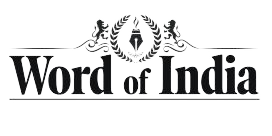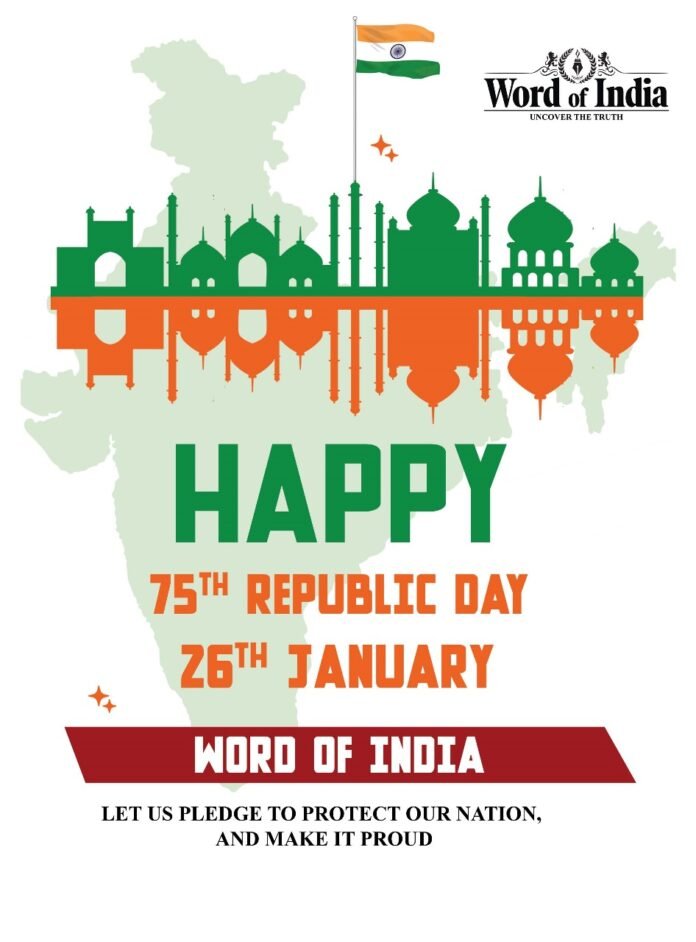UNDERSTANDING WHY & HOW REPUBLIC DAY IS DIFFERENT FROM INDEPENDENCE DAY
In the history of our country, the declaration of freedom on August 15, 1947, was a pivotal moment, but true independence was yet to be realized. At that time, India remained a constitutional monarchy under King George VI, and the laws were guided by the Colonial Government of India Act, 1935. The absence of democracy meant that citizens couldn’t elect their leaders to govern the nation.
The turning point came on January 26, 1950, with the adoption of the Constitution of India, replacing the outdated Government of India Act (1935). This marked the birth of the Republic of India, the second significant milestone in our nation-building journey. It was through the Constitution that the ethos of equality among citizens, regardless of religion, region, or community, was truly established.
The seeds of this quest for complete independence were sown during the Indian National Congress’ Lahore Session in 1929. The rejection of the demand for ‘dominion status’ in December 1928 fuelled the Congress to call for Poorna Swaraj meaning Complete Independence. This demand, made during the Lahore Session, led to the declaration of January 26, 1930, as Purna Swaraj Diwas (Complete Independence Day). So when the Constituent Assembly was finalizing the day on which the Constitution should come into effect, 26th January was the preferred choice to honor the wish of the freedom fighters who were the first to demand complete independence.
Central person in the framing of India’s Constitution was the Dr. Babasaheb Ambedkar, the chairman of drafting committee. His vision emphasized equality, leading to the introduction of the reservation system to address disparities among different classes. Dr. Ambedkar’s efforts ensured that the rights of marginalized sections were protected, fostering social balance. In essence, the journey from independence to republic hood is a testament to the struggle for true freedom and equality. Dr. Ambedkar’s legacy endures, shaping India into a diverse, democratic, and united nation.
The Constituent Assembly had 284 members, out of which 15 were women. The draft was submitted in November 1949. After the submission, it took three years to complete it. The constitution of India is the longest written constitution of the world. The nation owes its very existence as The Republic of India to Dr. Babasaheb Ambedkar, who was, is and ever will be The Architect of the Modern India.
Republic Day gives us an opportunity to understand how it is different from Independence Day.
Independence Day, a celebration of our nation’s birth, pays tribute to the courageous individuals who ushered in the era of freedom. The central figure on this day is the Prime Minister, the leader entrusted with steering the collective destiny of the people of India. It is a day marked by simplicity and happiness, where we reflect on the sacrifices that paved the way for our independence.
In contrast, Republic Day is a grand spectacle that salutes the State and the dedicated individuals, especially the armed forces, who safeguard the integrity of our government. The focal point of this day is the President, symbolizing the head of the State of India. Beyond the grandeur, Republic Day serves as a poignant moment to catch a glimpse of our future, emphasizing honor, velour, and pride.
It is a day that goes beyond mere celebration; it reflects the commitment to democratic principles, equality, and the enduring spirit of unity in diversity. On this day, as the nation displays its military might through parades and showcases cultural diversity, it symbolizes not just the strength of the state but also the resilience and unity of its people.
HAPPY REPUBLIC DAY!



 Afrikaans
Afrikaans Albanian
Albanian Amharic
Amharic Arabic
Arabic Armenian
Armenian Azerbaijani
Azerbaijani Basque
Basque Belarusian
Belarusian Bengali
Bengali Bosnian
Bosnian Bulgarian
Bulgarian Catalan
Catalan Cebuano
Cebuano Chichewa
Chichewa Chinese (Simplified)
Chinese (Simplified) Chinese (Traditional)
Chinese (Traditional) Corsican
Corsican Croatian
Croatian Czech
Czech Danish
Danish Dutch
Dutch English
English Esperanto
Esperanto Estonian
Estonian Filipino
Filipino Finnish
Finnish French
French Frisian
Frisian Galician
Galician Georgian
Georgian German
German Greek
Greek Gujarati
Gujarati Haitian Creole
Haitian Creole Hausa
Hausa Hawaiian
Hawaiian Hebrew
Hebrew Hindi
Hindi Hmong
Hmong Hungarian
Hungarian Icelandic
Icelandic Igbo
Igbo Indonesian
Indonesian Irish
Irish Italian
Italian Japanese
Japanese Javanese
Javanese Kannada
Kannada Kazakh
Kazakh Khmer
Khmer Korean
Korean Kurdish (Kurmanji)
Kurdish (Kurmanji) Kyrgyz
Kyrgyz Lao
Lao Latin
Latin Latvian
Latvian Lithuanian
Lithuanian Luxembourgish
Luxembourgish Macedonian
Macedonian Malagasy
Malagasy Malay
Malay Malayalam
Malayalam Maltese
Maltese Maori
Maori Marathi
Marathi Mongolian
Mongolian Myanmar (Burmese)
Myanmar (Burmese) Nepali
Nepali Norwegian
Norwegian Pashto
Pashto Persian
Persian Polish
Polish Portuguese
Portuguese Punjabi
Punjabi Romanian
Romanian Russian
Russian Samoan
Samoan Scottish Gaelic
Scottish Gaelic Serbian
Serbian Sesotho
Sesotho Shona
Shona Sindhi
Sindhi Sinhala
Sinhala Slovak
Slovak Slovenian
Slovenian Somali
Somali Spanish
Spanish Sundanese
Sundanese Swahili
Swahili Swedish
Swedish Tajik
Tajik Tamil
Tamil Telugu
Telugu Thai
Thai Turkish
Turkish Ukrainian
Ukrainian Urdu
Urdu Uzbek
Uzbek Vietnamese
Vietnamese Welsh
Welsh Xhosa
Xhosa Yiddish
Yiddish Yoruba
Yoruba Zulu
Zulu